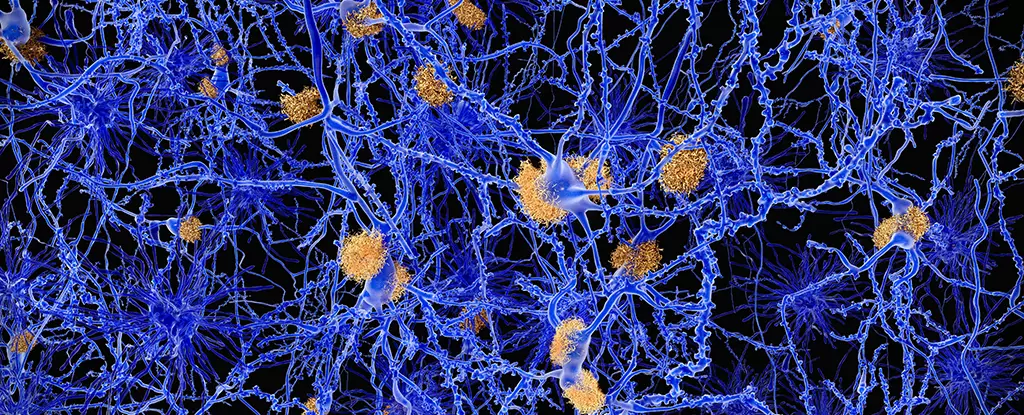The alarming rise in neurodegenerative conditions such as Alzheimer’s disease has pushed the scientific community to seek innovative and effective solutions. These diseases, marked by their insidious invasion of cognitive ability and life quality, reveal distressing statistics that should prompt urgent action. With estimates indicating that over 10 million new dementia diagnoses occur annually, the global implications are staggering. The tragic reality is that as our population ages, these numbers are expected to swell even further. Consequently, the necessity for groundbreaking treatments that stem the tide of such diseases is more pressing than ever.
Unpacking the Near Miracle of Nanomaterials
Recent advancements in nanotechnology provide a glimmer of hope. Researchers have developed a remarkable technology which utilizes a specially engineered nanomaterial intended to combat the formation of toxic plaques formed by misfolded proteins. Traditional approaches have often focused on reacting to the problems caused by such misfolded proteins only after they have clumped together to form toxic aggregates. However, this new approach disrupts the formation of these aggregates before they can establish themselves, acting as an anatomical shield to protect vulnerable neurons.
The key player in this technology is a class of molecules called peptide amphiphiles, which possess unique properties allowing them to mix readily with various substances. What sets this new treatment apart is its unique combination with trehalose, a naturally occurring sugar that has been previously recognized for its protective capabilities against protein misfolding. This synergy between peptide amphiphiles and trehalose creates a new structure that is not only biocompatible but is also adept at trapping dangerous amyloid beta proteins before they can wreak havoc.
The Science Behind the Innovation
At the core of this innovation lies a radical rethinking of how we view protein misfolding and aggregation. The research led by a nuanced team of scientists, including experts from Northwestern University, underscores the importance of addressing misfolded proteins at their nascent stage. Unlike past methodologies that engaged with already formed toxic protein clumps, this new treatment proactively inhibits their formation, offering a critical window of opportunity for intervention.
The process is fascinating: when trehalose interacts with peptide amphiphiles, it contributes to a playful instability that encourages the misfolding proteins to directly engage with this new structure. This prevents their aggregation, akin to a “clean-up crew” that stops the potential destruction before it begins. Through this paradigm shift, we see the dawn of a new treatment approach that aligns with a center-wing liberal perspective on healthcare—prioritizing preventive measures that value human dignity and the lives of those affected by these debilitating conditions.
The Road Ahead: Challenges and Considerations
However, while these developments are promising, we must acknowledge the challenges ahead. The research is still in its infancy, requiring extensive clinical trials to ascertain the safety and effectiveness of these nanomaterial interventions in human subjects. Given the complexity of neurodegenerative diseases, it is vital that we remain cautious in our optimism. Although the initial results are promising, the intricate nature of human biology demands thorough testing before any systemic implementation occurs.
Moreover, the field of neurodegenerative research often struggles with funding and public interest. If we are to genuinely tackle the dementia crisis, it is imperative that governments and philanthropic organizations rally behind such innovative solutions. As the global population ages, the financial burden of not solving these challenges will be immense, not to mention the human suffering involved.
A Future Built on Innovation and Compassion
The conception of this nanomaterial signifies not merely a scientific breakthrough but a beacon of hope for millions grappling with the ravaging effects of dementia and similar neurodegenerative diseases. The excitement surrounding this research should galvanize a broader dialogue about how we approach health and disease in our society. A commitment to scientific exploration combined with a robust ethical framework can drive forward-thinking solutions born in compassion for those affected. The potential of these advancements calls for a collective commitment to ensuring that innovative solutions reach those who need them the most, ultimately paving the way for a brighter future in neurodegenerative care.

Leave a Reply